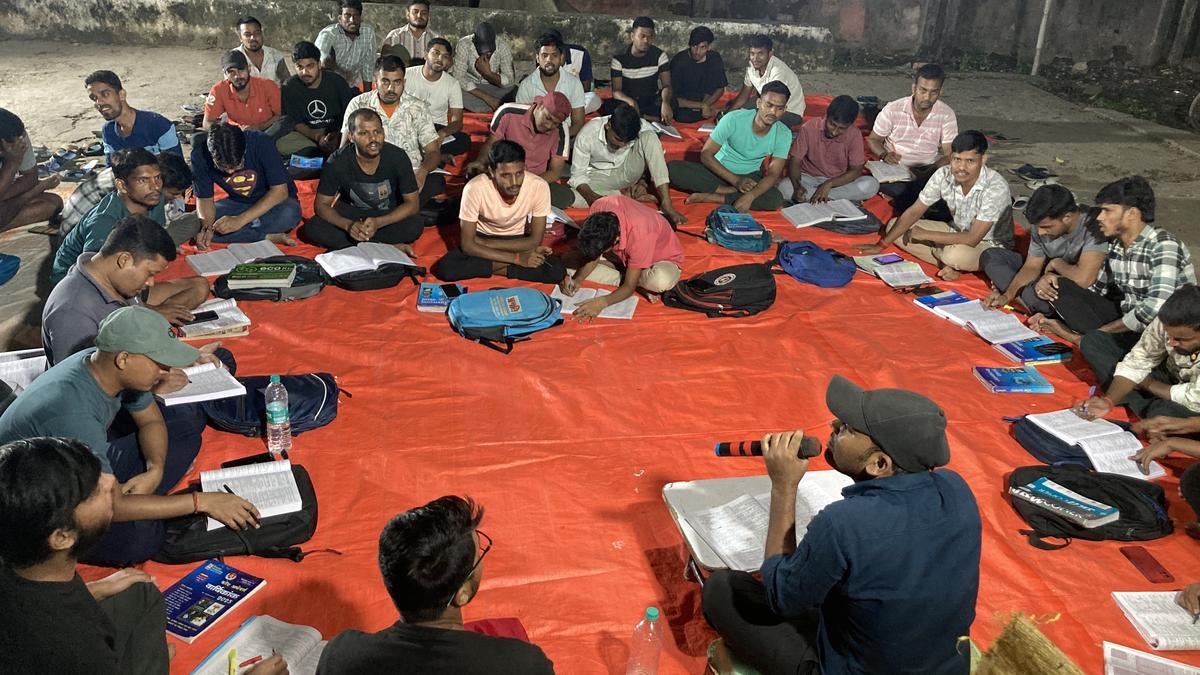Copyright Charleston Post and Courier

We’ve become far too accustomed to failure in South Carolina’s education system. Although there’s long been an industry out there bent on exaggerating our failures to convince lawmakers and the public that our public education system is not worth saving, the fact is that we have never done as good a job as we can and should educating our toughest-to-educate children. So a lot of people are at a loss about what to make of this year’s school report cards, which showed notable improvement from last year. As The Post and Courier’s Anna Mitchell, Ian Grenier and Valerie Nava report, the number of schools rated “good” or “excellent” increased from 549 in 2024 to 623 this year. The number of “below average” schools dropped from 186 to 145, while “unsatisfactory” schools dropped from 49 to 31. Those are big improvements. There are still significant problems, starting with those 31 unsatisfactory and 145 below-average schools and extending from the still-disturbing number of students who are chronically absent all the way through the related number of high school graduates who aren’t ready for a job or college. Overall, though, the improvement is encouraging, significant and unsurprising. The report cards, after all, are based in large part on standardized test scores that were released in September, which showed impressive gains in reading, and a plan in the works to likewise improve math. While we use those standardized test scores to judge how our educational system is doing overall, and to pinpoint the individual students who need the most help, the school report cards are designed to show how individual districts and individual schools are doing — and even how well individual schools are doing teaching specific groups of kids: third graders for example, and poor kids, and black kids and white kids and kids with disabilities and just about any sort of sub-groups you can think of. This was the centerpiece of South Carolina’s groundbreaking Education Accountability Act, which predated the national No Child Left Behind law that was supposed to set specific expectations and hold schools accountable for meeting them. The federal law had all sorts of problems and has since been altered significantly, and unfortunately those flaws led South Carolina to dumbing down its standards to be more aligned with the ones other states adopted. But the overall concept remains: The reason we issue school report cards — and this tends to get lost in the public discussion — is so state and local leaders can identify and fix the problems in individual schools. The most important changes tend to take years, from better early childhood education to the smarter reading instruction we’re still phasing in. But we also have to make quicker fixes, because we can’t afford to throw away any children. In all cases, fixing problems in individual schools is supposed to mean changing how poor 6-year-olds in School A are taught reading, or how disabled 14-year-olds in School B are taught math. In some cases, it should mean changing the district or school leadership, and even changing or providing better instruction for the teachers. It means, in the schools struggling the most, more resources from the state to improve teaching. It also should mean districts devoting more resources (or sending the best teachers) to those individual schools that aren’t getting the job done — although the Legislature still hasn’t done anything to require that this happens, and the Charleston County School District remains the only one that is using even a modified version of this concept.



